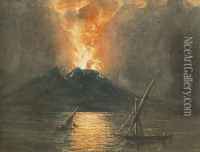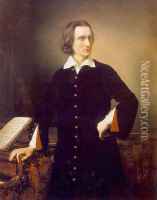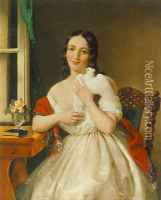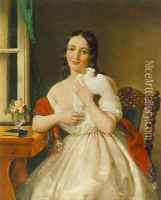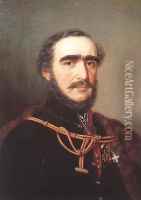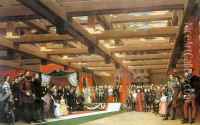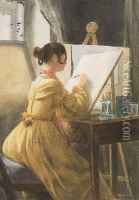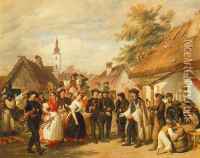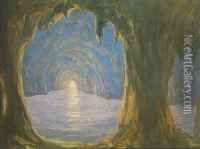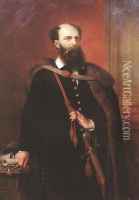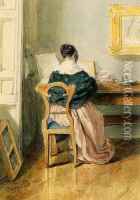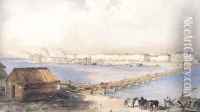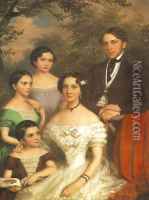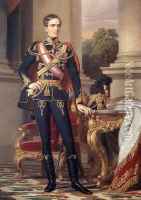Miklos Barabas Paintings
Miklós Barabás was a Hungarian painter, born on February 10, 1810, in Kézdimárkosfalva, which was then part of the Habsburg Empire and is now in Romania. He is known for his portraiture and the role he played in the Hungarian art scene of the 19th century. Barabás displayed a talent for art at an early age and went on to study at the Vienna Academy of Fine Arts in 1829. After his education, he traveled to several European countries, including Italy, where he was influenced by the works of the Italian masters.
Barabás returned to Hungary in 1837 and quickly established himself as a leading portraitist among the Hungarian nobility and the burgeoning middle class. His style was characterized by a realistic approach and fine detail, which was well received and garnered him considerable fame. He was adept at capturing the likeness and character of his subjects, which made him a sought-after portrait artist of his time.
Beyond portraiture, Barabás also painted historical scenes and was involved in documenting the significant events of the Hungarian Reform Era. He was a supporter of the Hungarian Revolution of 1848, and his art reflects the nationalistic fervor of the period. Some of his historical paintings have become iconic in Hungarian cultural memory.
Throughout his career, Barabás played a significant role in the Hungarian art world. He was one of the founding members of the Hungarian Academy of Fine Arts in 1869 and served as a mentor to many young Hungarian artists. His influence extended beyond his own work, as he was involved in the formation of art institutions and the promotion of art education in Hungary.
Miklós Barabás passed away on February 12, 1898, in Budapest, Hungary. His legacy is preserved in the Hungarian National Gallery, which houses many of his works, and his influence on Hungarian art culture continues to be recognized and celebrated.
